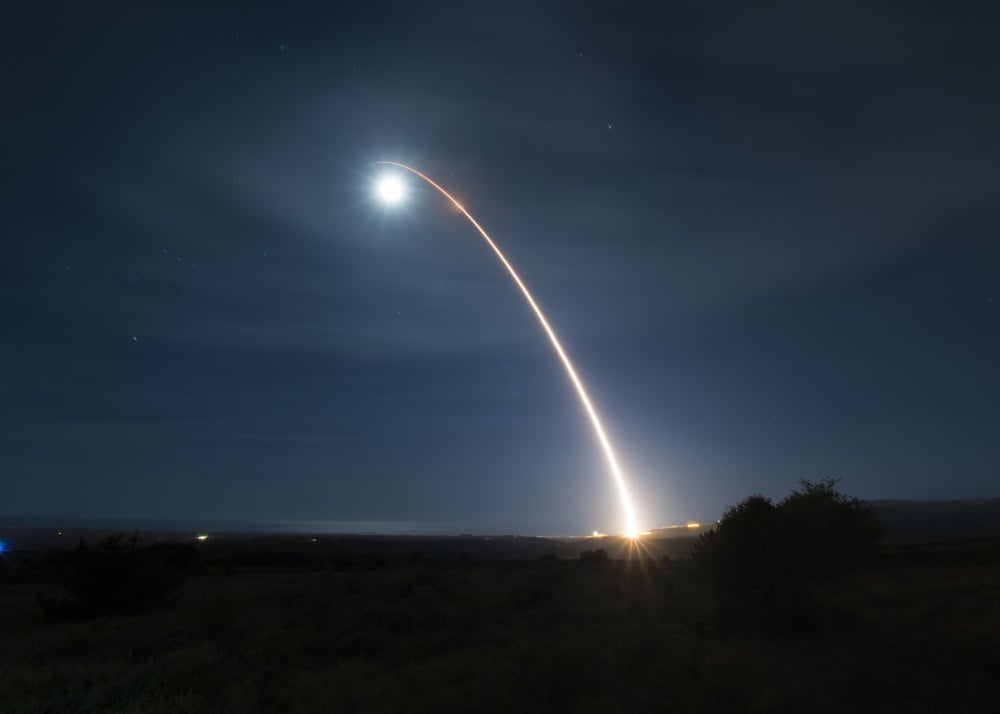
WASHINGTON: The Pentagon has a fresh estimate for how much its new ballistic missile defense program will cost over the next decade-plus, now that the department’s Cost Assessment and Program Evaluation office has wrapped up its review of the effort.
The Next Generation Interceptor, designed to shoot down missiles launched at the United States from North Korea and Iran, should run about $17.7 billion to develop, field, and maintain 21 interceptors in the coming years, CAPE said today. The program was approved by the DoD in March when it awarded developmental contracts to Lockheed Martin and Northrop Grumman.
The $17.7 billion price tag includes $13.1 billion to develop 10 warheads for testing, with 21 more to be fielded in silos in California and Alaska by the end of the decade. That fielding will cost another $2.3 billion, with $2.2 billion more to operate and sustain the missiles once deployed, according to details provided by the Pentagon.
“These are big numbers, but they have to be put in context,” said Tom Karako, director of the Center for Strategic and International Security’s Missile Defense Project. The estimate includes not only research and development, he said. but “procurement, operations, and sustainment after they are fielded. It’s also not just about contractor cost, but also management of the GMD weapon system supporting the homeland missile defense enterprise. And all this spread over a decade or so.”
Karako added that the numbers represent a realistic look at the overall cost of the program. They “reflect a more rigorous acquisition approach, commitment to competition, and to ‘fly before you buy,’” said.” The Department is not rushing here.”
The NGI effort kicked off in 2019 in the wake of the cancellation of a $5.8 billion effort to replace the existing Exo-Atmospheric Kill Vehicle, a ground-based interceptor designed to defend the US mainland against long-range ballistic missile attacks.
The Missile Defense Agency has estimated that testing of the NGI could happen by the mid-2020s, and if all goes well they could begin to be put into silos by 2028.
In March, the Pentagon awarded contracts to teams led by Northrop Grumman and Lockheed Martin to develop the NGI to replace the aging interceptors in California and Alaska. The awards, worth about $1.6 billion, will fund technology development for the program. Boeing was the third competitor for one of the developmental contracts, but was not selected.
Air Force picks Anduril, General Atomics for next round of CCA work
The two vendors emerged successful from an original pool of five and are expected to carry their drone designs through a prototyping phase that will build and test aircraft.


























